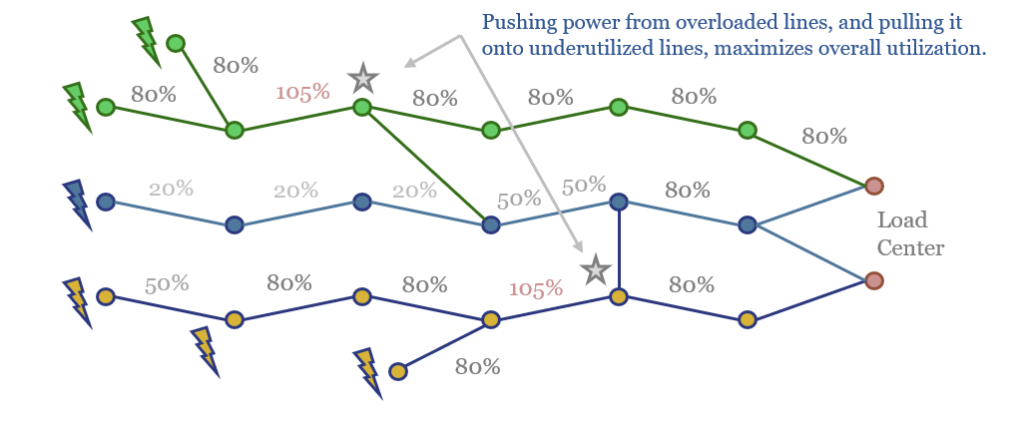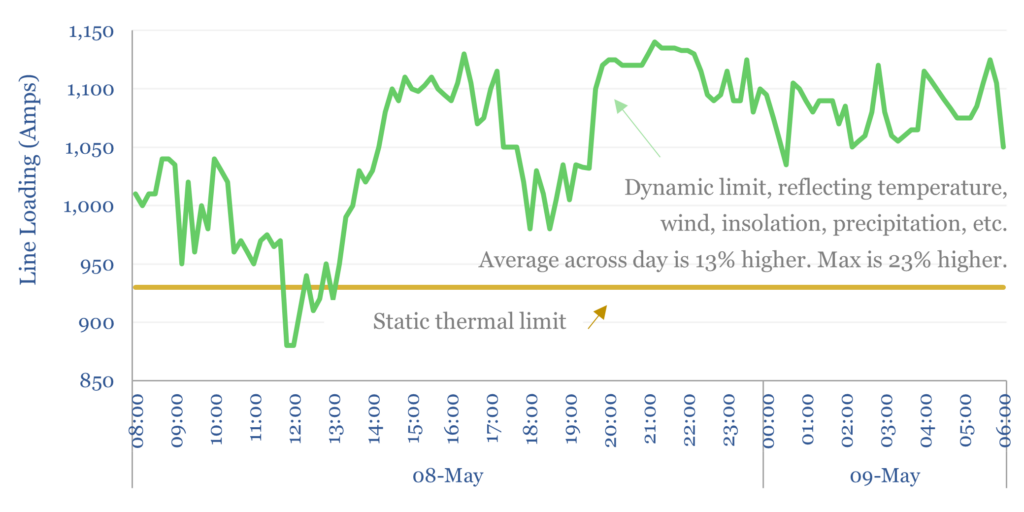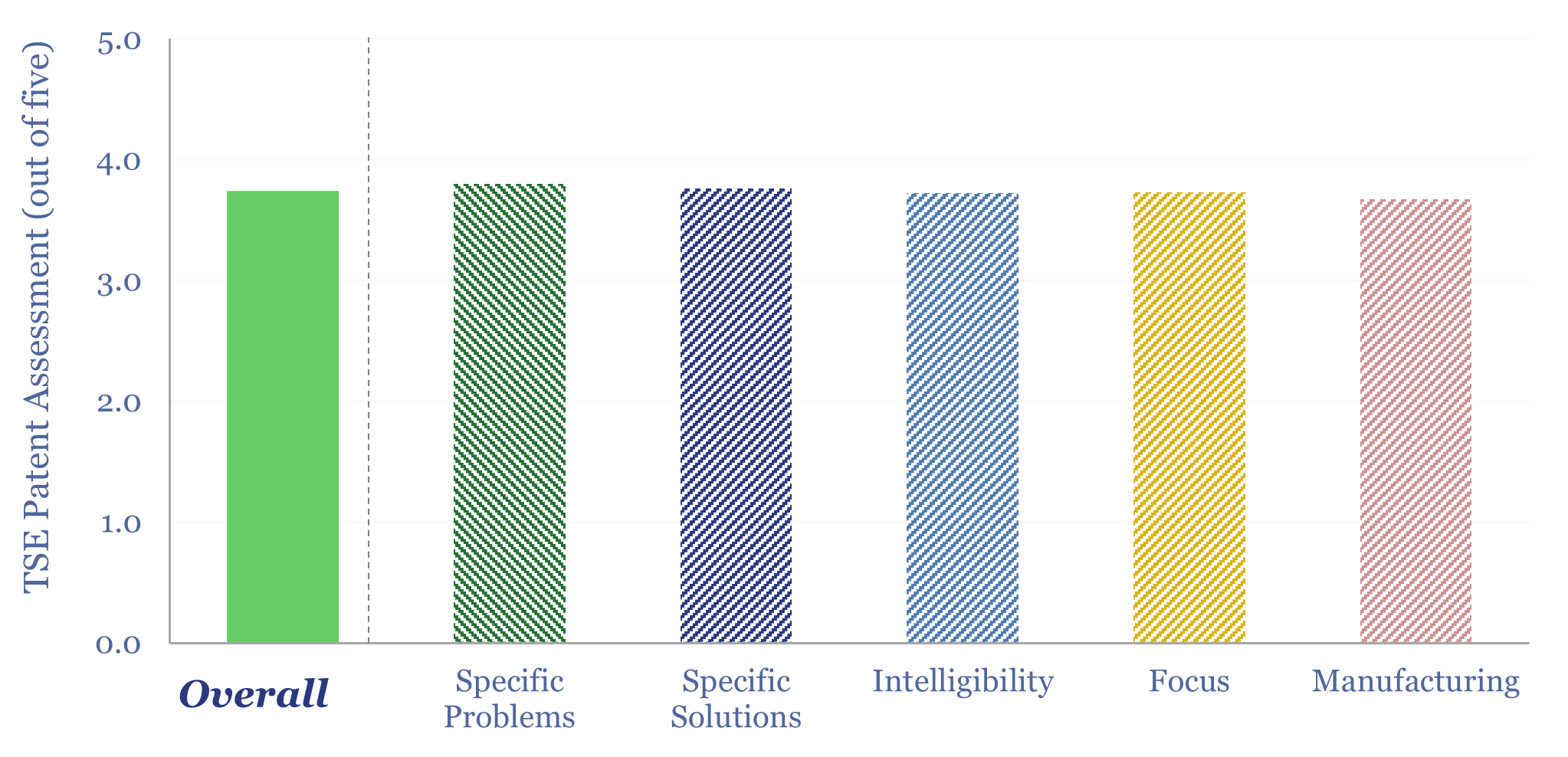This Smart Wires technology review finds that Static Synchronous Series Compensators (SmartValve) and dynamic line rating software (SUMO) can increase throughput along existing transmission lines by 20-100%+. The patents confer a visible moat around SmartValve and focus on improving electrical performance reducing deployment costs.
Smart Wires Technologies is a private company, spun out of GeorgiaTech in 2010, is now headquartered in North Carolina, has c150 people, and is commercializing technologies that help to debottleneck existing power transmission lines, unlocking an additional 3.8GW of capacity to-date, and counting.
Its patents highlight growing issues with power grids. “Increasing demands are being placed on the transmission network due to an increasing number of non-utility generators [such as renewables]. It is also exceedingly difficult to acquire and deploy new rights-of-way”. These thoughts have motivated our own research into power grid bottlenecks and reconductoring.
SmartValve is patented, single-phase, modular Static Synchronous Series Compensator (m-SSSC) a type of FACTS. It injects a voltage in quadrature (i.e., 90º phase offset) with the line current, to synthesize a capacitive or inductive reactance. For lines that are limited by insufficient reactive power, this can increase power flows. But more broadly, it can also be used to push power off of overutilized lines, and pull it onto under-utilized lines, to increase utilization and power transmission across a network (image below).

SUMO is Smart Wires’s software used for dynamic line ratings. Historically, the maximum carrying capacity of a transmission line was given as a static number, meant to represent the worst case scenario, in turn set by the line’s tendency to heat up and sag. But in favorable conditions – e.g., cooler weather, moderate wind, etc – more current can flow through a line without it heating up as much (example below).

An interesting case study in LatinAmerica showed SmartValves and SUMO can work synergistically, taking a 350MW power line at 220kV, and adding 100MW of capacity via DLR alone, 150MW via SmartValves, and 300MW when using both together, saving $25M pa of avoided renewable curtailment costs per year. Another case study suggests that Smart Wires was selected ahead of reconductoring within the UK.
In this data-file, which is a Smart Wires technology review, we have assessed a dozen of the company’s recent patents. They predominantly lock up the technology around SmartValve SSSCs. Other interesting avenues and observations are discussed in the data-file.
